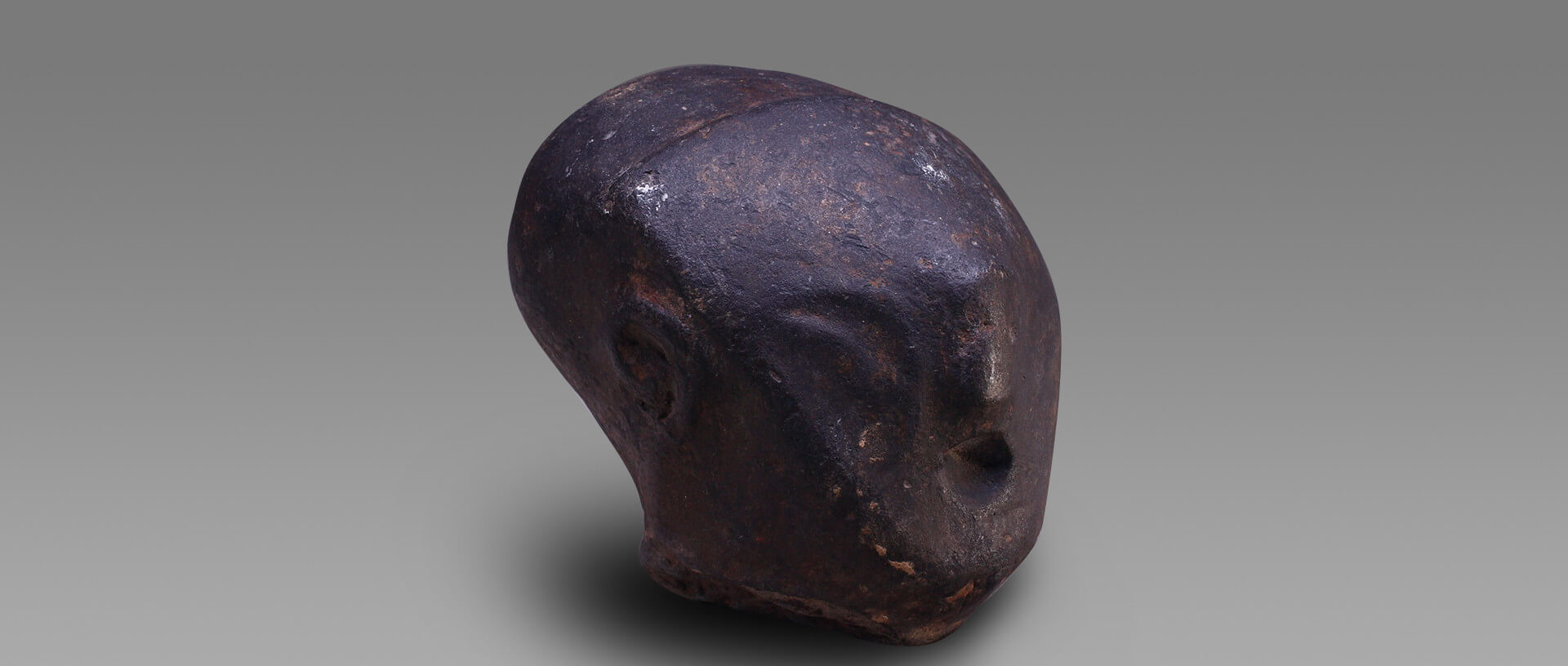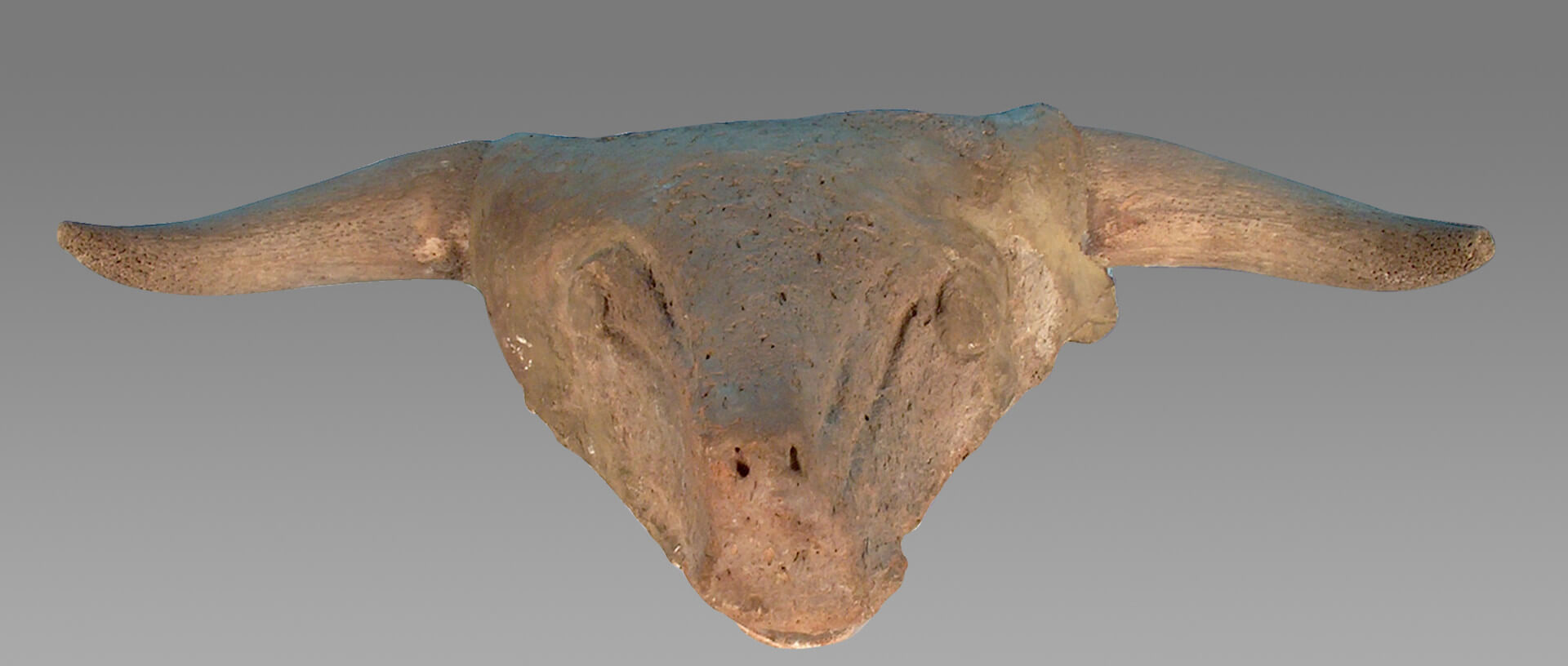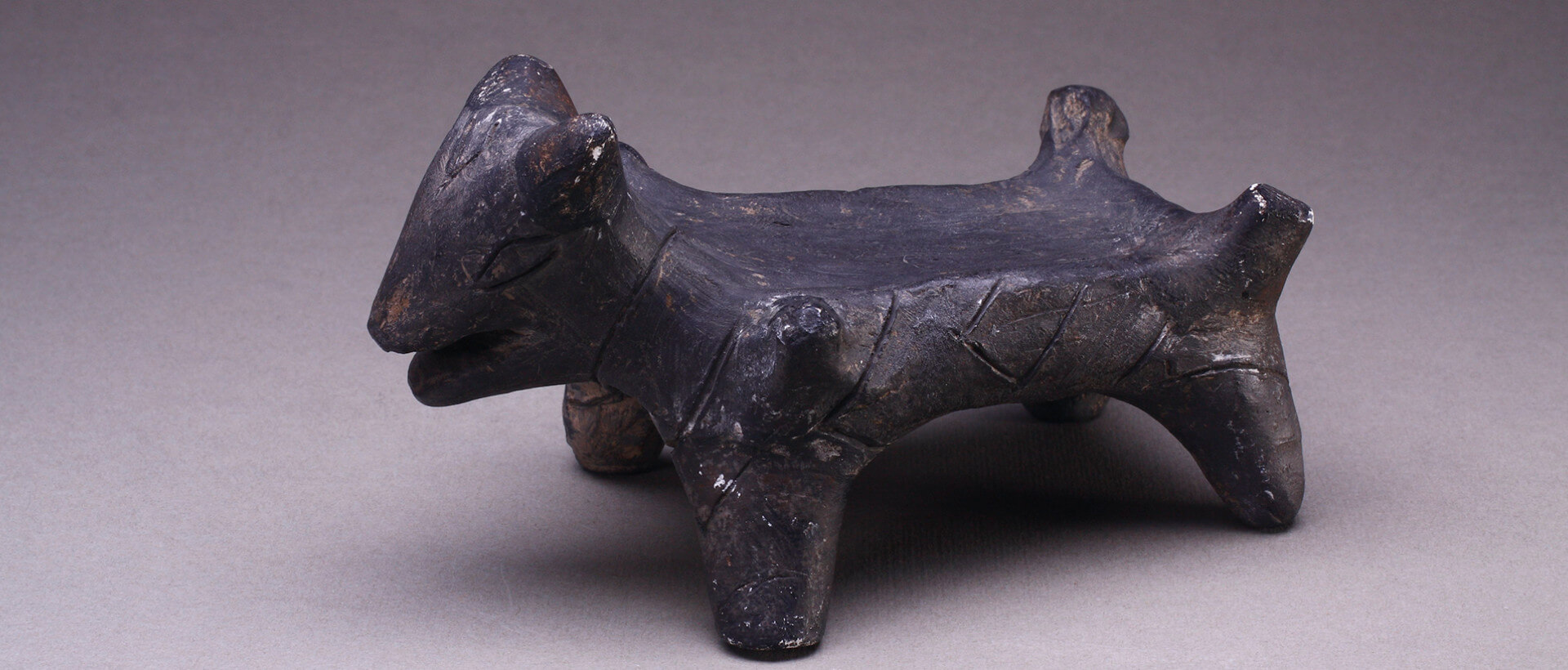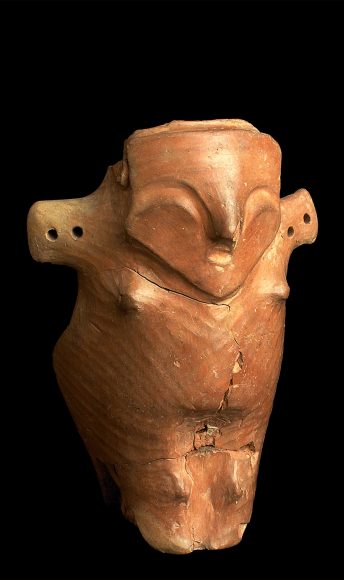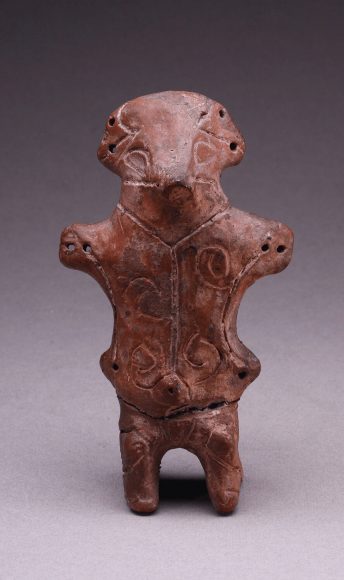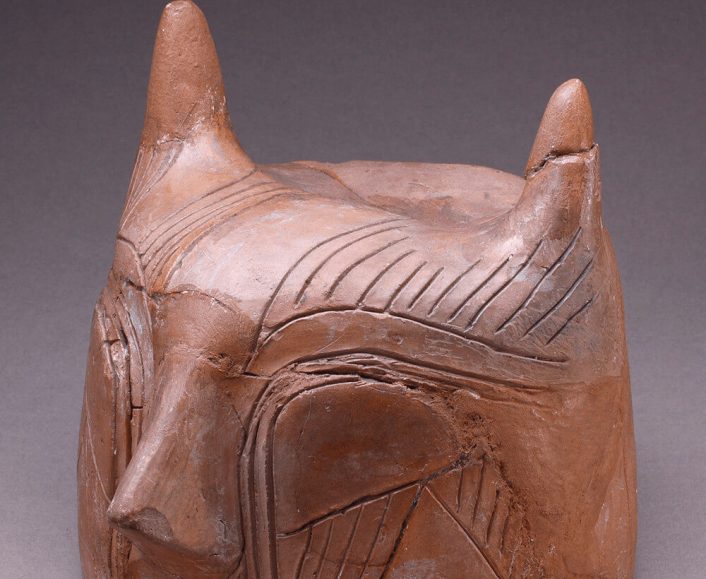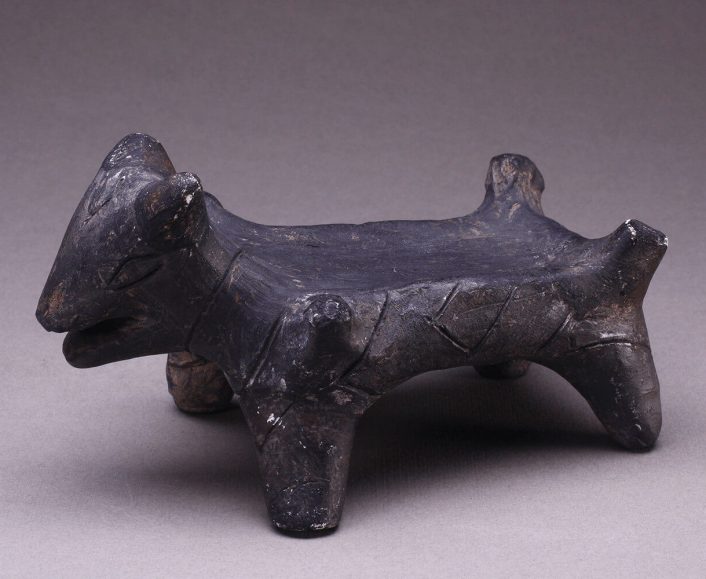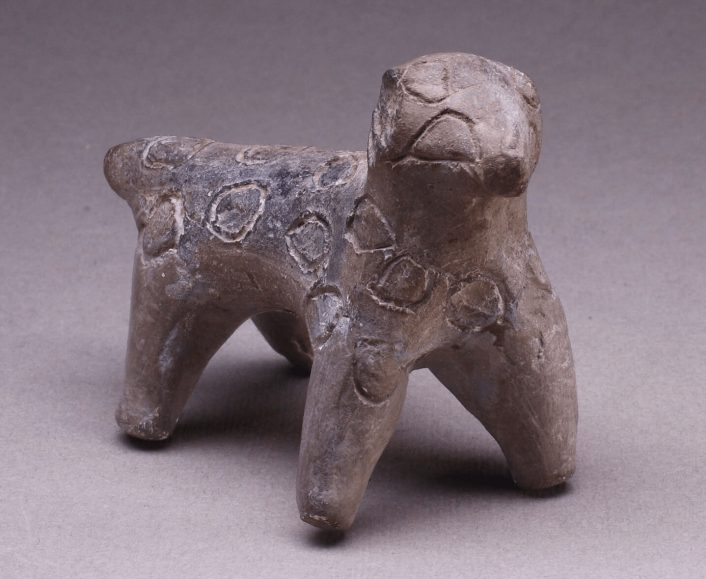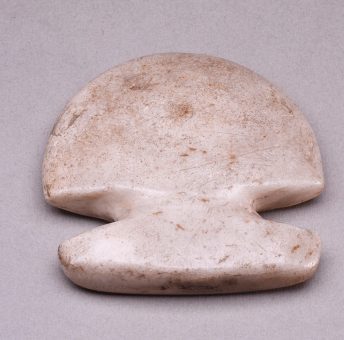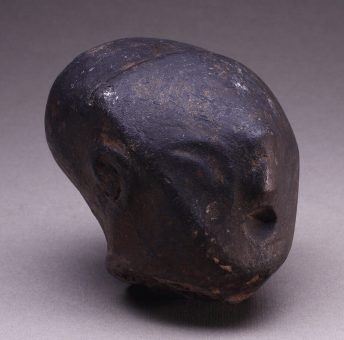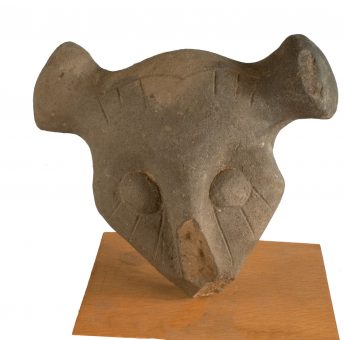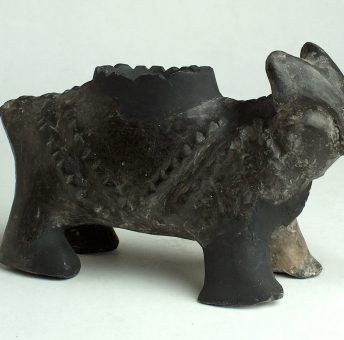Late Neolithic and Eneolithic Period Collection is comprised of artefacts that can chronologically be ascribed to a time span from mid-6th to mid-5th millennium BC.
The largest number of artifacts came to the collection from the archeological research of numerous sites of Vinča culture. The most important among them are settlements Vinča-Belo Brdo near Belgrade, Pločnik near Prokuplje and Belovode near Petrovac na Mlavi. A smaller number of items came to the collection through acquisitions and gifts.
In the Early Neolithic and Eneolithic Period, Vinča culture was developing on the territory of modern Serbia. Animal husbandry and agriculture were the economic base of this culture, but its inhabitants started, and gradually completely mastered, the use of copper. The appearance of this technology caused the creation of new specialized jobs and crafts – miners, blacksmiths etc.
The majority of items were made of ceramics, from typical pottery used in everyday life to anthropomorphic vessels, zoomorphic and anthropomorphic figurines of extraordinary craftsmanship which could have been used for decoration or rituals. A smaller part of the collection is consisted of items made of stone – chipped and polished artifacts, as well as animal bones. First metal artifacts – copper chisels, hammer-axes, needles, pearls, pendants, as well as molds, are the testimonies of the beginnings of metal ages and innovation spirit of the Vinča culture.


